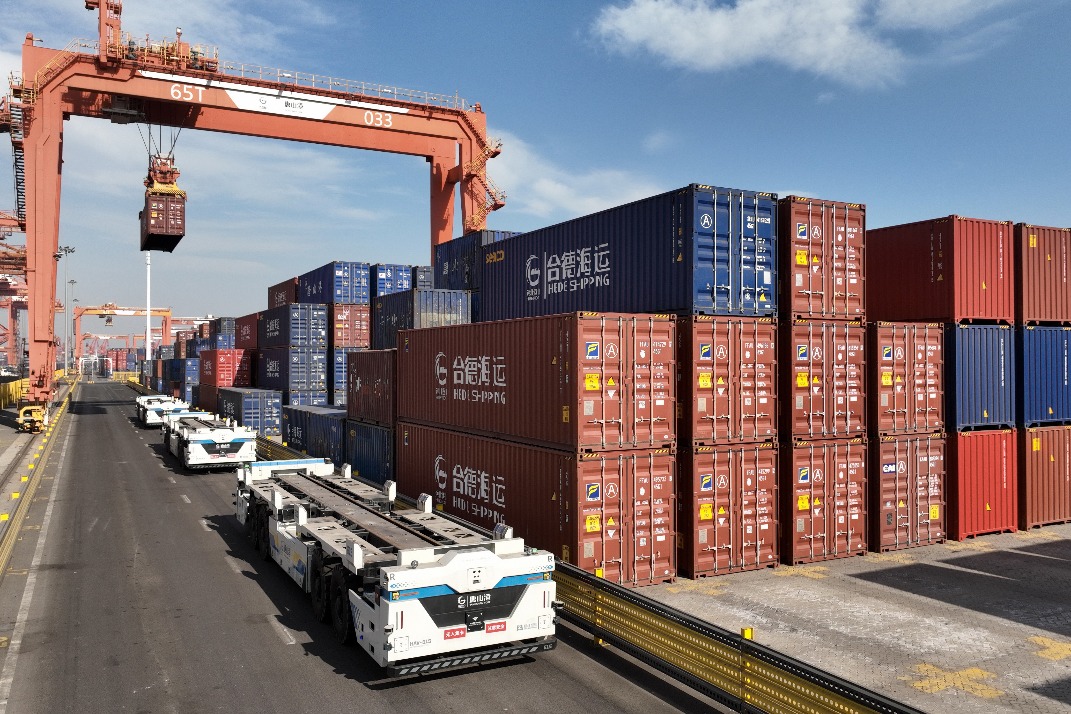A natural bond
By ZHAO XU | CHINA DAILY | Updated: 2023-09-09 06:52

Established order
For Chen Tongbin, one of the main people responsible for drafting the bidding documents to help the Liangzhu ruins seek world heritage status, a city is as much a social concept as it is an architectural one.
"A city will only emerge when the population density has reached a certain level. And population density is a strong indicator of societal development," she says. "Any society capable of building what the Liangzhu people built must be a highly structured and stratified one, operating within their own framework and sense of order. In fact, the presence of that order and the construction of the city was mutually beneficial, since the city itself, through its urban planning and layout, had asserted that order for all of its inhabitants."
In other words, the Liangzhu rulers, through the concentric design made up of the palatial complex and the two city walls, created a physical, visual and emotional center of power for those on whom they would impose their will and ambition, and to exert their cultural and political influence.
"We talk about the Liangzhu civilization as an early form of statehood, but the Liangzhu civilization covers a vast area measuring 36,500 square kilometers, with what we call the Archaeological Ruins of Liangzhu City occupying only a southern spot of that area," says Wang. "So, there's also this other scenario, whereby a number of political entities coexisted in this area. Each of them may have a certain degree of independence from each other, but they were clearly engaged in close exchanges that allowed them to exhibit the same societal and cultural traits, and to harbor the same beliefs.
"The chances are, that no matter how dispersed they were, they all looked to Liangzhu City's temple of worship (the palatial complex) as the spiritual and political core that bound them all together."
























